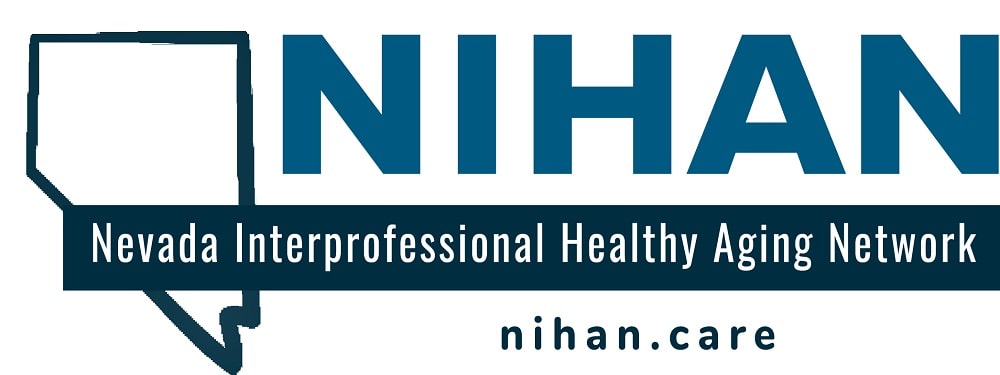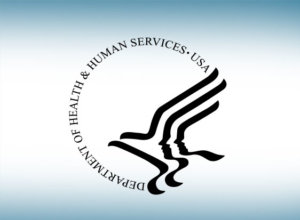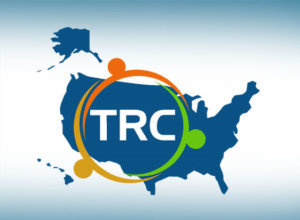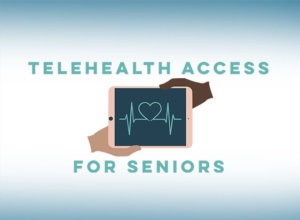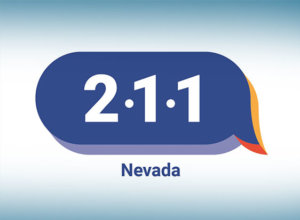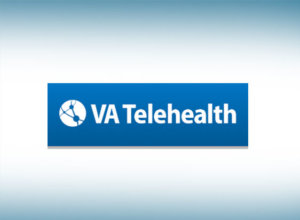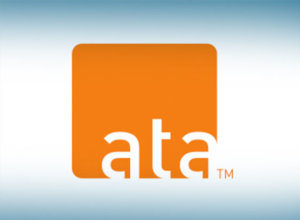Telehealth
Stay connected and informed ABOUT your healthcare
Telehealth has grown with the advancement of technology. Historically, improvement in technology leads to improvement in medicine—telehealth is the union of both. Access to quality care is no longer limited by physical barriers. Technology can help provide access to expertise where it is needed.
Telehealth helps provide tools for more consistent care and education about health, which may lead to significant long-term benefits for the health and well-being of patients. Understanding how to utilize telehealth will give you better control of your healthcare.
Technology & Medicine: History of Telehealth
Article in the Lancet talked about using the telephone to reduce unnecessary office visits
Source: Institute of Medicine 2012
Dutch physician Willem Einthoven sent long distance transfer of electrocardiograms over telephone wires.
Source: History of Telemedicine: Evolution, Context, and Transformation 2009
Medical centers in Norway used radio consultations for patients aboard ships at sea and on remote islands.
Source: History of Telemedicine: Evolution, Context, and Transformation 2009
A cover of Science & Invention magazine showed a doctor diagnosing a patient by radio.
Source: Institute of Medicine 2012
The United States began transmission of radiographic images.
Source: History of Telemedicine: Evolution, Context, and Transformation 2009
Nebraska Psychiatric Institute used a closed-circuit television system for live transmission of therapy sessions to students for educational purposes.
Source: Cambridge University Press 2018
The National Aeronautics and Space Administration (NASA) MERCURY Program started performing physiologic monitoring over a distance.
Source: National Aeronautics and Space Administration
Massachusetts General Hospital (MGH) and Logan International Airport created a Telemedicine station to provide occupational health services to Logan airport employees and deliver emergency care and medical attention to travelers
Source: Massachusetts General Hospital
Psychiatric consultation was offered by interactive television (IATV)
Source: American Journal of Psychiatry 1973
Invention of the Internet established a universal communication standard.
Commonplace adoption of Telemedicine Programs
American Recovery and Reinvestment Act (ARRA) promoted and led to greater connection online across medical technologies.
Source: UMTRC.org
Telehealth may be used by any Nevada Medicaid and Nevada Check Up provider
Source: Nevada Assembly Bill 292
The Health Resources and Services Administration (HRSA) received funding to expand the use of Telehealth in Rural Areas
Source: UMTRC.org
Benefits expanded telehealth coverage to all Medicare beneficiaries regardless of location.
Source: Centers for Medicare & Medicaid Services (CMS)
The Covid-19 Pandemic has pushed Telehealth utilization to provide essential care.
Source: UMTRC.org
Telehealth - Enhancing the Future of geriatric care
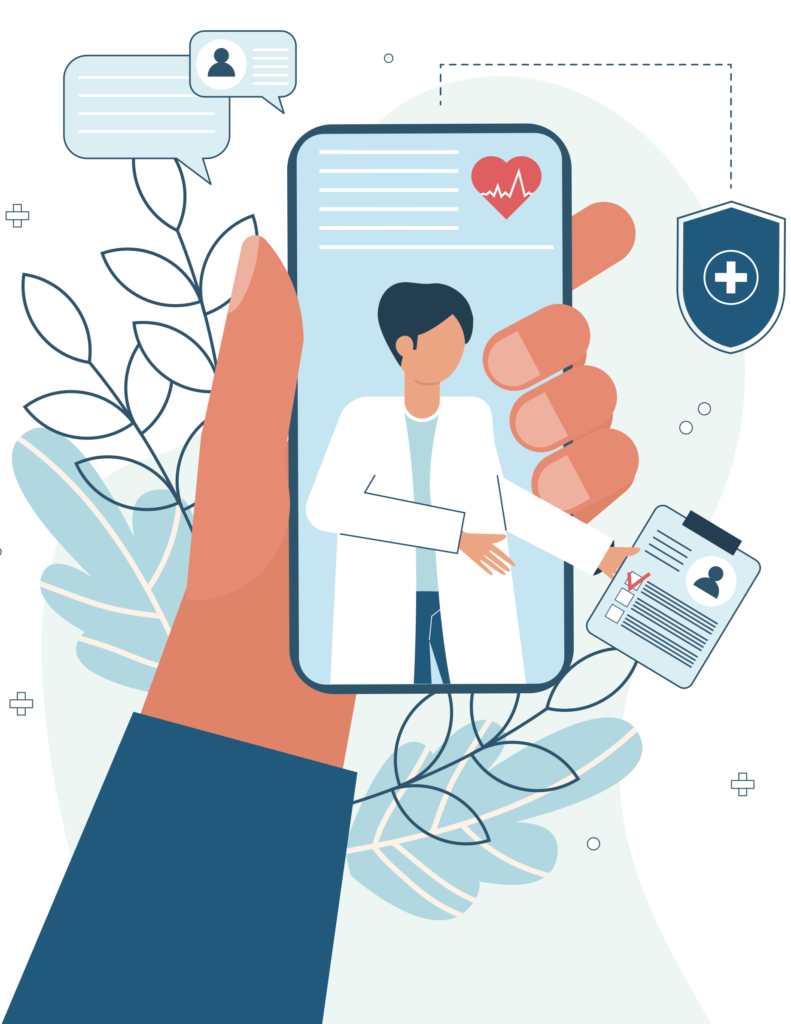
What is Telehealth?
Telehealth uses telecommunication technology to keep you connected to your doctor and caregivers, allowing them to “care at a distance”. You can use any internet-capable device to set up a Telehealth appointment with your doctor. Telehealth and telemedicine are terms often used interchangeably.
Telehealth Advantages & Benefits:
adding to your current health plans
- Routine checkup over video call minimizes risk of contact to infectious diseases.
- Provides easier access to specialized doctors in different cities
Easier daily routine management of chronic care through customizable tools
Will make it easier to share more accurate data with your doctor to diagnose more effectively.
Monitor older adults to make sure they are eating, sleeping, and taking medications on schedule.
- Using an online portal to check test results, request prescription refills, and create reminders.
- The doctor communicates with the patient in real time via computer or telephone.
For more information and resources for telehealth, check the Telehealth Education & Resource Digital Guide developed by the NIHAN Project.
Complete a simple one minute survey via the link to receive the digital guide. After the survey, the guide brochure will be emailed.
To receive a hard copy trifold, please contact NIHAN at nihan@unlv.edu
WHAT YOU NEED FOR TELEMEDICINE APPOINTMENTS
Internet Connection
Telemedicine can be done where there is a safe and secure internet connection.
Personal Technology
Your personal smart phone, tablet or computer are required for telemedicine (iPhone, iPad, Android, any laptop or desktop will work)
Video and Audio
Smart devices have video and audio built in. You may also use your phone as the audio for a telemedicine call
Personal Medical Equipment
Ask your physician if there is any personal equipment recommended to track your own health vitals and progress (scale, thermometer, blood pressure cuff, glucometer, list of medications, etc.)
Telehealth Resources
The Telehealth.HHS.gov website provides information about the latest federal efforts to support and promote telehealth services
The National Consortium of Telehealth Resource Centers (NCTRC) offers technical assistance, education, and resources for telehealth. They assist in expanding the availability of health care to local, rural, and underserved communities.
Telehealth for Seniors provides seniors and low-income communities with devices, instructions, and free tech support to connect them to their physicians via telehealth.
Nevada211.org is a state-wide collaborative network in response to the COVID-19 pandemic, to help older adults keep safe and supported from exposure and social isolation. They provide resources for telehealth and other local community contacts.
The U.S. Department of Veterans Affairs Telehealth Services are transforming how Veterans access high-quality VA care making it easier to connect with a VA care team via telehealth.
The American Telemedicine Association (ATA) is a non-profit organization that works to advance industry adoption of telehealth by promoting responsible policy, advocating for government & market normalization, and providing education & resources.
